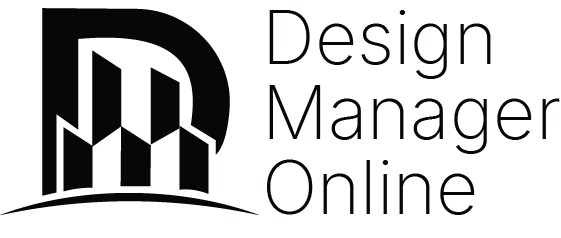In modern building construction, especially on civil engineering and infrastructure projects, accurate take-offs for below-ground drainage systems are critical. However, in practice, these estimates are frequently wrong—budgets are exceeded, materials run short or get wasted, and installation schedules break down. Based on direct site experience, this article outlines the most common reasons estimators and suppliers miscalculate below-ground drainage requirements.
1. The Drawing Doesn’t Match Site Reality
One of the most common issues in drainage estimation is overreliance on 2D PDF or CAD drawings. These show clean, straight pipe runs with simplified layouts, ignoring the real-world complexity of installation. In practice, site constraints, phasing, and access often force deviations. This is especially true for deep drainage below ground-bearing slabs or when cast iron pipes are used in place of plastic systems.
On numerous projects, site teams have had to explain cost overruns caused by ordering additional materials and extending the work of pipe-laying crews due to these mismatches.
2. Shortage of Skilled Labour Impacts Quality
The construction labour shortage in the UK impacts all trades, but drainage installation is particularly affected. Unskilled or poorly supervised workers make frequent mistakes—wrong pipe placements, missed levels, failed pressure tests—that lead to material wastage and rework. In some cases, full drainage runs must be removed and redone.
Pre-construction slab pour layouts often do not reflect the actual sequence required for drainage installation. Even when the plan is followed, late design updates for superstructure elements may force changes in pour order, requiring extra bends, couplings, and rework.
3. Deep Drainage and Temporary Works Constraints
Installing deep drainage introduces further complexity. Trench boxes and sheet piles are reused across multiple runs, meaning pipes are installed in short sections rather than long, continuous runs. This eliminates the efficiency of bulk installation and instead demands more supports, fittings, and labour.
Estimators often overlook this factor and assume production rates that are only possible on shallow, uninterrupted installations.
4. Inadequate Planning and Short Drainage Runs
Effective drainage installation depends on precise planning. When full runs are not excavated, bends are sometimes installed in the wrong direction, and outlet pipes emerge in the wrong slab location. This is particularly common in refurbishment or ‘cut and carve projects’, where restricted access and sequence changes lead to improper layouts.
Instead of direct runs, installers end up using extra bends and connectors, which add cost, risk leaks, and compromise long-term performance.
5. Material Loss and Mismanagement on Site
On long-term projects, drainage materials are frequently lost or mishandled. Items get moved between zones, stored improperly, or forgotten about—only to be reordered unnecessarily. In some cases, fittings stored in 1-tonne bags have been mixed with rubbish and sent to landfill.
Establishing designated storage areas with sorted boxes for bends, connectors, and pipes can prevent material loss and reduce waste.
6. Incorrect or Unverified Material Orders
When under pressure, site teams often place material orders without engineer or manager approval. This leads to duplicate orders, wrong fittings, or unused stock. Ideally, a full drainage package should be reviewed early in the project, and items called off in phases to suit programme needs.
Without a coordinated material strategy, leftover stock often incurs restocking fees or ends up in the company yard unused.
7. Costly Installation Errors During Construction
Common on-site errors include installing short stacks, using the wrong pipe diameters, or placing pipes too close to formwork or rebar. Once drainage is cast into a concrete surround, repairs are costly and difficult, with a risk of pipe cracking.
In some cases, steel fixers or carpenters drill through drainage pipes unknowingly when fixing dowels or supports to the slab—causing major damage and delays.
Conclusion: Drainage Estimation Needs to Reflect Reality
To avoid budget overruns and schedule delays, drainage take-offs must consider site conditions, installation methods, temporary works, and labour capabilities—not just what is shown on the drawing.
Estimators and suppliers must collaborate with engineers and site managers early in the project to create a realistic drainage budget that accounts for labour challenges, material handling, installation errors, and design changes. Only then can drainage scopes be delivered on time and within budget.

